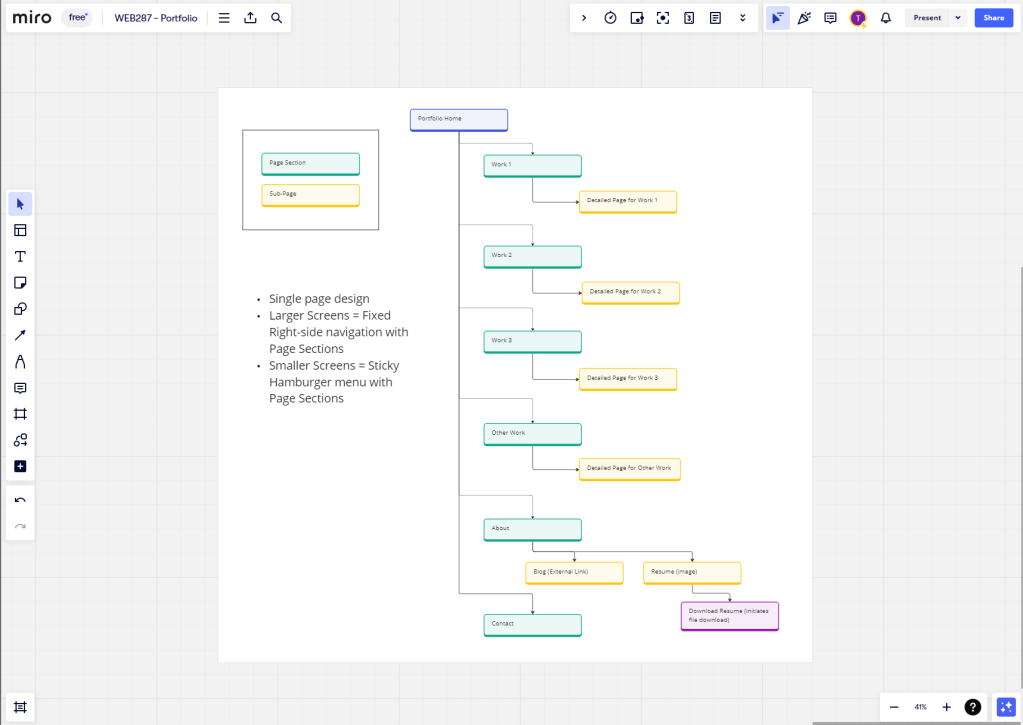
https://unsplash.com/photos/focus-photo-of-black-and-white-laptop-computer-turned-on-rA5MU4pXnWE
Finding tools that bridge design and development is a challenge. Recently, I watched an interesting YouTube video that highlighted a robust tool called Locofy.ai which promises to transform designs from commonly used prototyping software into production-ready code.
Click the link below for the video:
“One-Click AI Web Development Tutorial – Learn how to Turn Figma Designs into Working Code using AI”
Key Features and Benefits
Locofy.ai offers seamless integration with popular design tools like Figma and Adobe XD, allowing designers to translate their work into various coding languages and frameworks such as React, HTML-CSS, and Vue.js. This integration is particularly beneficial for:
- Rapid Prototyping: Speed up the iteration process by quickly turning designs into interactive prototypes.
- Reducing Development Time: Cut down the back-and-forth typically needed between designers and developers.
- Quality: Generate clean, maintainable code that adheres to best practices, ensuring a high-quality end product.
Challenges
Despite its benefits, Locofy.ai, like any tool, comes with its set of challenges. Complex designs might require additional manual intervention, and integrating new tools into established workflows can present a learning curve. However, the potential productivity gains and improvements in project outcomes make these challenges worth navigating.
Final Thoughts
For UX professionals, staying ahead of the curve means embracing tools that enhance efficiency and creativity. Locofy.ai represents a significant leap forward in this regard, offering a powerful solution for transforming designs into functional code. As the UX field continues to evolve, tools like Locofy.ai will undoubtedly play a crucial role in shaping the future of design and development.
I’m interested to hear from anyone who has used this tool. Let me know your experiences or thoughts on it in the comments!

























